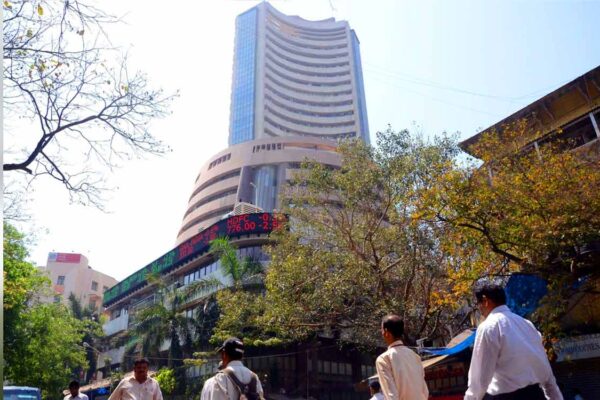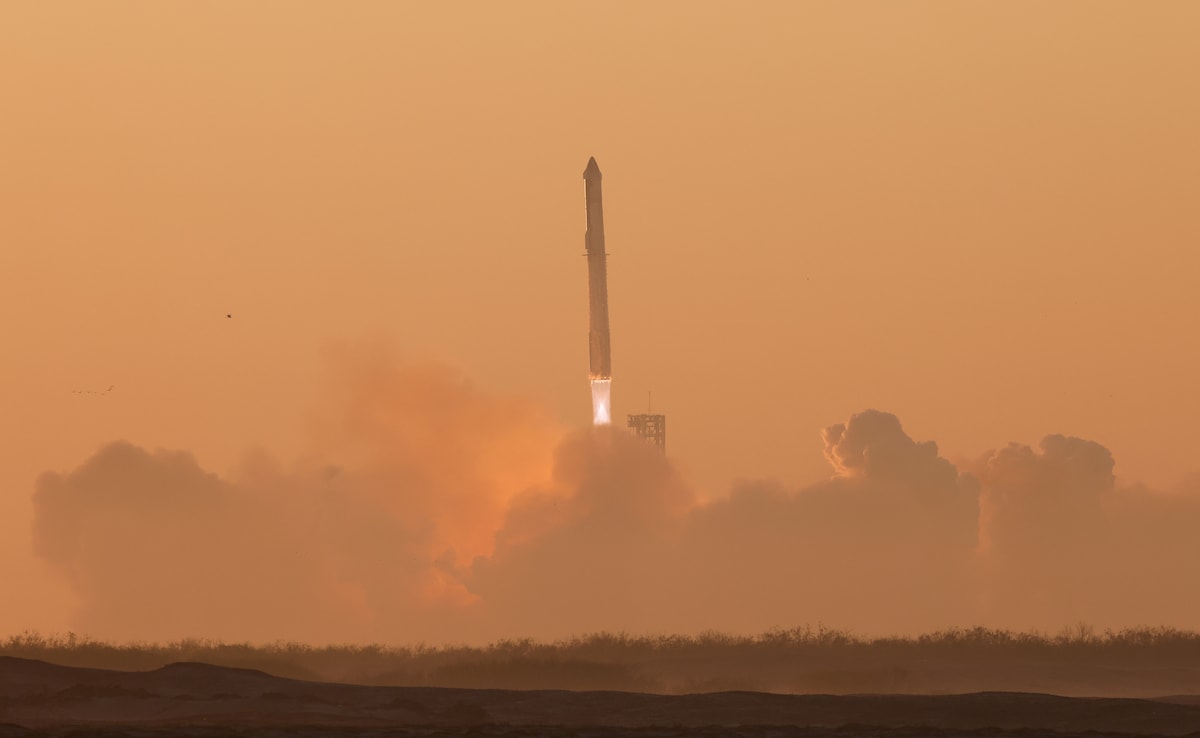
SpaceX on Saturday carried out the second test launch of Starship but spaceship exploded (Reuters)
SpaceX’s Starship, the most powerful rocket ever built, lifted off for a second test flight today, but was presumed to have failed minutes later. SpaceX carried out the second test launch of Starship with the booster and the spaceship exploded after separation, reported news agency AFP.
The booster successfully separated from the ship, but blew up shortly after, while the ship continued on track.
The two-stage rocketship blasted off from the Elon Musk-owned company’s Starbase launch site near Boca Chica in Texas, on a planned 90-minute flight into space.
But the contact was lost roughly 10 minutes after lift-off, a company broadcaster told news agency Reuters.
“We have lost the data from the second stage… we think we may have lost the second stage,” SpaceX’s livestream host John Insprucker said.
“As you could see, the super heavy booster has just experienced a rapid unscheduled disassembly however, our ship is still underway,” an announcer said.
The event was live-streamed on both SpaceX’s website and on X, the social media platform owned by Elon Musk.
SpaceX hailed today’s rocket launch as incredibly successful by SpaceX engineers, despite the super heavy booster experiencing what is known as “a rapid unscheduled disassembly”.
“Such an incredibly successful day,” a SpaceX announcer said. “Even though we did have a… rapid unscheduled disassembly of both the super heavy booster and the ship.”
SpaceX has insisted that explosions during the early stages of rocket development are welcome and help inform design choices faster than ground tests.
The second launch was more successful than the company’s first attempt in April, and any data gathered from today will be used to influence future modifications to the rocket, it said.
The objective was to get Starship off the ground in Texas and into space just shy of reaching orbit, then plunge through Earth’s atmosphere for a splashdown off Hawaii’s coast. Earlier, the launch was scheduled for Friday but was pushed back for a last-minute swap of flight-control hardware.
During its April 20 test flight, the spacecraft blew itself to bits less than four minutes into a planned 90-minute flight that flight went awry from the start. The first launch also caused massive damage to the company’s launchpad at Starbase.
(With Inputs from Agencies)








